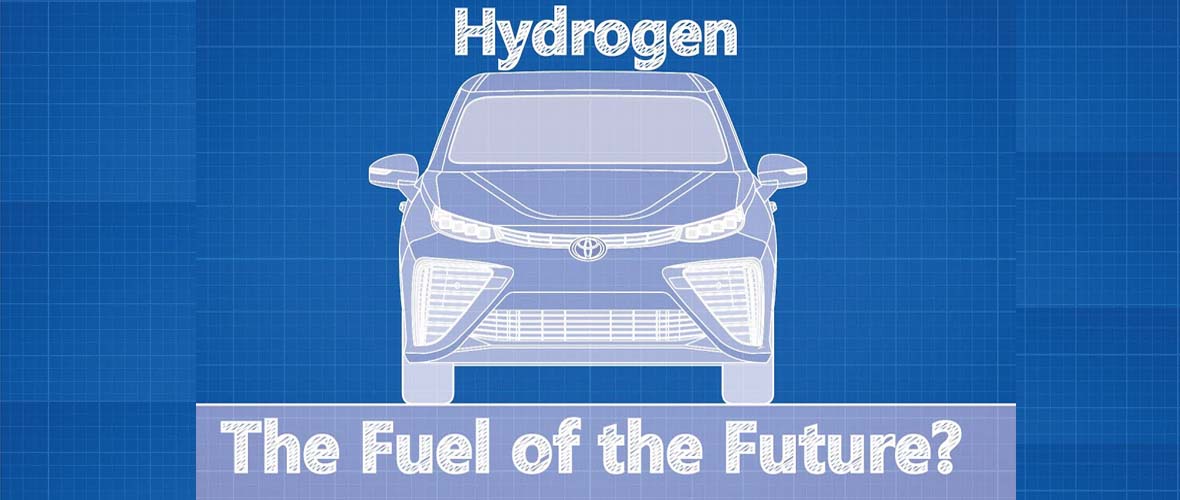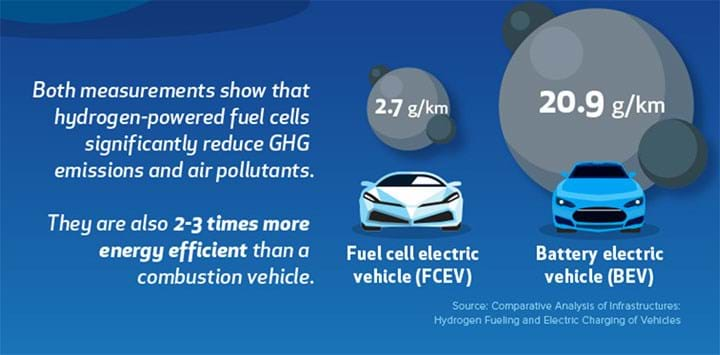Rainbow Nation Turns Green
April 30, 2022 | Expert Insights

As our power-hungry planet searches for green energy sources to end its dependency on fossil fuels, Hydrogen shows the maximum potential as the most environmentally friendly.
Background
Fossil fuels are finite; there is no option but to prepare for the day when we run out of them. Hydrogen, on the other hand, is the most abundant gas in the world. It is never found alone, as it always combines with other molecules, however, we already have multiple methods of extraction. Not only is it the most abundant gas in the world, it is also green, the residual output is not CO2 but heat and water, which can be put to good use.
According to Tobin Smith, the author of 'Billion Dollar Green', you can extract more energy from Hydrogen than from conventional power sources. If Hydrogen is able to produce more energy per pound of fuel than gasoline, as experts claim, then naturally, it will play a major role in the future.

Analysis
It is essential to differentiate between green, blue and grey Hydrogen. Since Hydrogen is never found in its pure form, it needs to be separated from other elements, and of course, this process takes energy. Grey hydrogen comes from natural gas and is produced from fossil fuels, making it the least renewable form of Hydrogen. During the extraction process, 10kg of CO2 is released for every 1kg of Hydrogen, so grey hydrogen's overall impact on the environment is negative. Sadly, the majority of Hydrogen produced and used today is grey Hydrogen. The only difference between blue and grey hydrogen is how the CO2 is managed. Using a technology known as CCS (Carbon Capture and Storage), the CO2 produced is not allowed to escape into the environment. It is captured at the facility and then stored elsewhere.
Green Hydrogen, on the other hand, follows an entirely different production process, and it is a renewable source of energy. Firstly, green Hydrogen is extracted from water and not natural gas; secondly, the method uses renewable sources such as wind and solar to produce the energy required for the extraction process. Using wind and solar power also means that the production of green Hydrogen is clean and does not produce CO2.
South Africa wants to have a significant hand in the future of global energy. They want to become a major producer and exporter of green Hydrogen. The country's goal is to capture 4 per cent of the global hydrogen market share by 2050. In South Africa, Hydrogen is seen as an opportunity for significant economic growth, as it can be used to increase exports and revamp its industry. On top of that, the country can use its hydrogen target to meet its decarbonisation goals by 2050. According to the country's hydrogen society roadmap, the goal is to produce 500 kilotons of Hydrogen annually by 2030, which would create over 20,000 new jobs.
South Africa is very well set up to meet its hydrogen goals. Firstly, the nation has deep knowledge of the Fischer-Tropsch process. This is the process used to create Hydrogen from carbon monoxide and water. Platinum group metals or PGMs are one of the main ingredients in producing green Hydrogen, and South Africa is the world's largest producer of PGMs. Currently, because most raw materials are being exported, platinum hardly contributes to the nation's economy. Now the government has a chance to reverse this.
According to a report published by the 'National Business Initiative', South Africa will be able to produce green Hydrogen at the lowest cost worldwide due to their large amounts of renewable resources.
A combination of government initiatives, global partnerships and public-private partnerships will be required to make South Africa's hydrogen goals a success story. Under the department of environmental affairs, the government has set up a green fund whose aim is to support renewable energy and hydrogen projects. Public Investment Corporation and Anglo American Platinum committed $200 million to help grow the usage of PMGs. At the start of 2022, South Africa announced a partnership with Germany to help promote the production of green Hydrogen in the country, and the Germans will be investing 12.5 million euros into the project. The government is also developing a country investment strategy whose goal is to attract more foreign investments into the country. Other than Germany, South Africa has also attracted investments from the UK.
Counter
Silvia Pastorelli, a climate and energy campaigner at Greenpeace, states, "We can't tackle the climate crisis by consuming the same amount of energy and just burning different fuels. Energy savings, changing energy use and electrification of as much heating, transport and industry as possible should be at the core of our energy plans."
One of the significant factors is that Hydrogen is costly to produce; the European Commission stated that it would take an investment of between Euro 180 billion to Euro 470 billion before Hydrogen could make up even 14 per cent of the EU energy by 2050. Another massive concern with Hydrogen is the fact that renewable energy does not yet have the capability to meet all the energy needs.
Assessment
- Currently, the majority of Hydrogen used for energy purposes is grey Hydrogen. Grey hydrogen is not renewable and not clean; hence it does not make for a good alternative to fossil fuels (especially since it requires fossil fuels to be made.) However, green Hydrogen does look promising. But to make green Hydrogen the fuel of the future, we need to bring down the cost of extraction.
- India could learn from South Africa how to play to its advantage to become a global force in the future. Whether South Africa will become a green energy success story or not is something for the future to decide. However, their vision and plan are commendable.








Comments